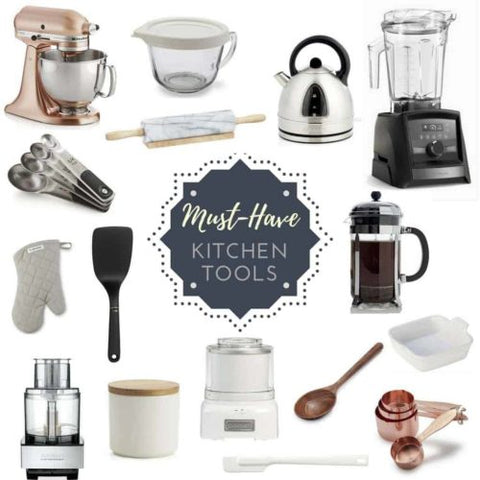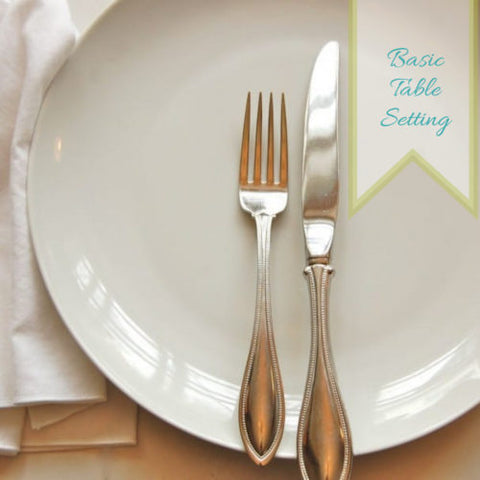
March 22, 2021
Cooking is easier and faster with the right equipment. Stock your kitchen with these basics....

March 22, 2021
If you’re getting things ready for an everyday dinner or a weekend breakfast, you might...

March 22, 2021
Citronella oil is one of the many oils that blends well with most waxes, and...

March 22, 2021
Sautéing, defined. To sauté is to cook food quickly in a minimal amount of fat over...

March 22, 2021
Start with a clean kitchen If at all possible, don’t start cooking until your kitchen...

March 22, 2021
Choose fragrant suds Think of washing the dishes as a form of aromatherapy. Select a...